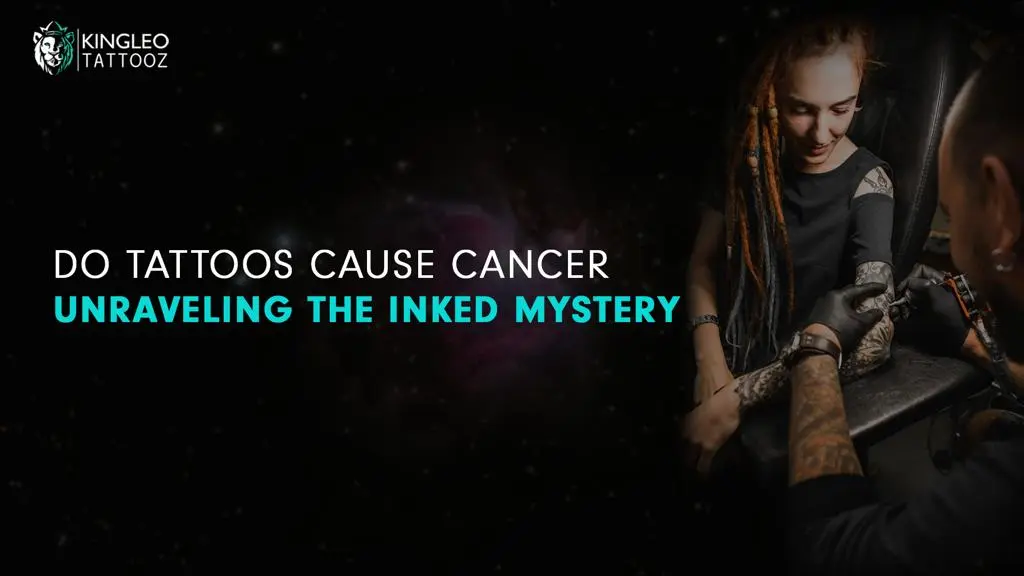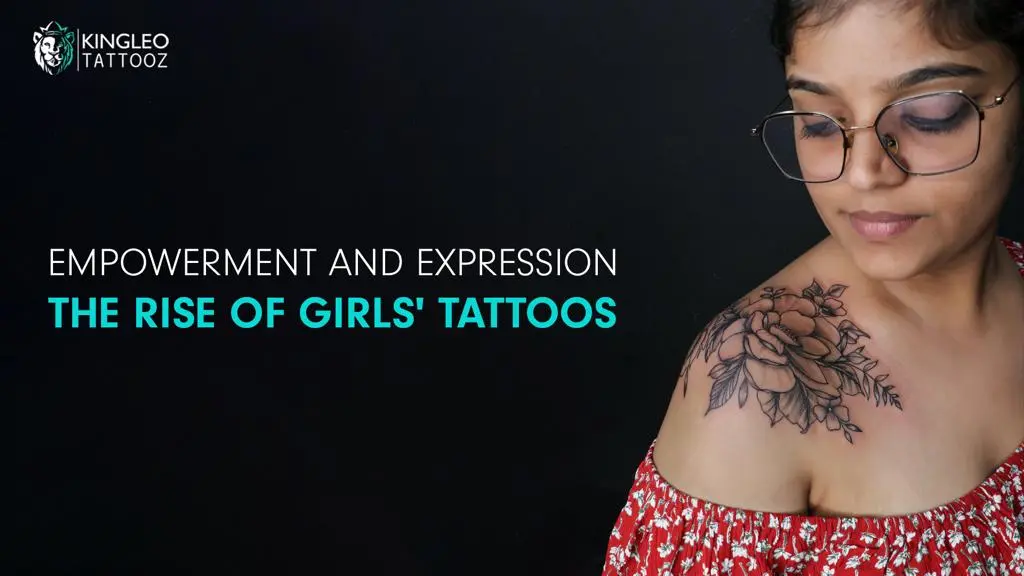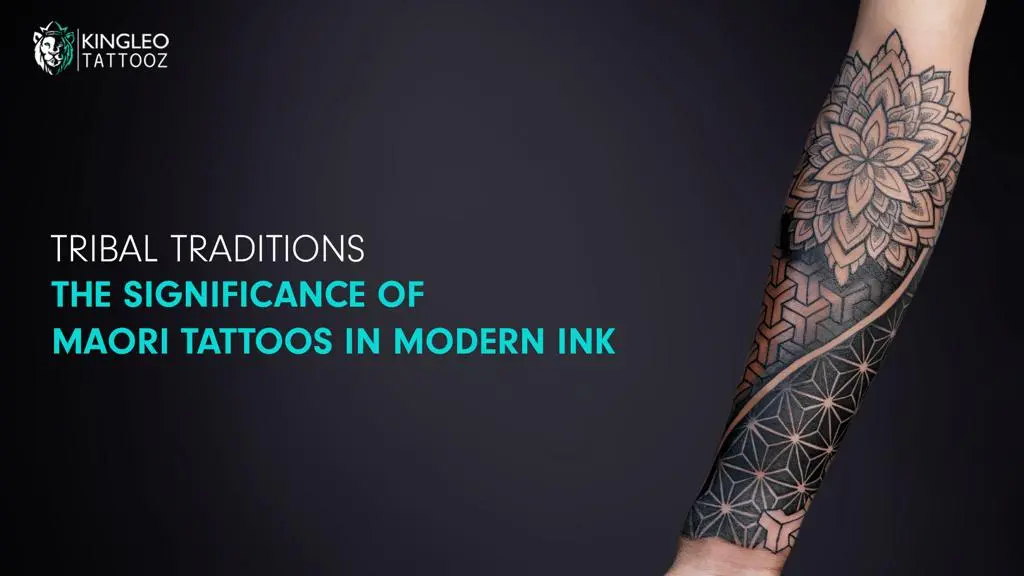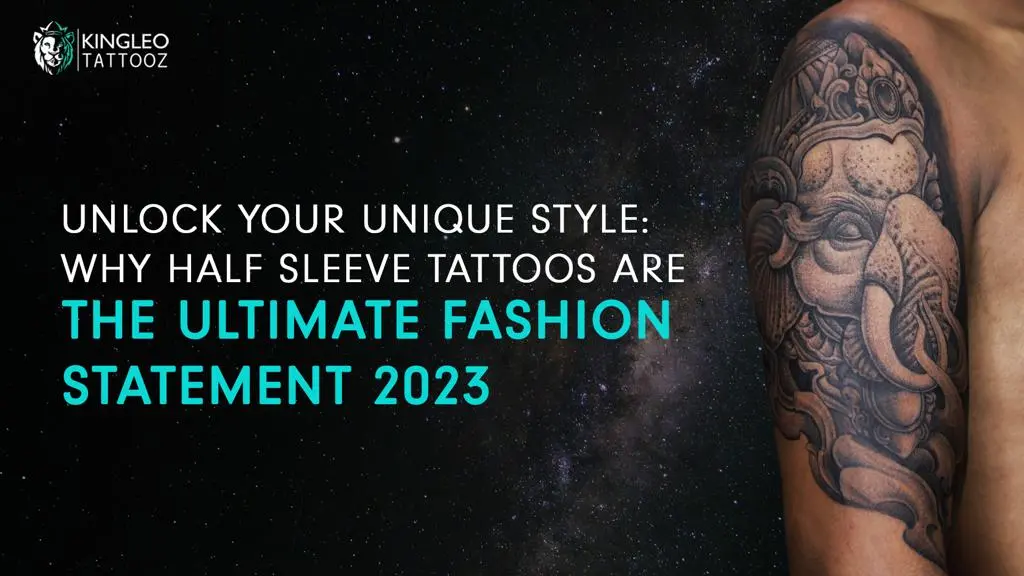
Exploring the Link Between Tattoos and Cancer Risk
Recently, tattoos have become increasingly popular as a form of self-expression. People of all ages and backgrounds are getting inked with intricate designs, meaningful symbols, and artistic creations. However, as tattoos continue to adorn the bodies of millions, questions have arisen about their safety, including concerns about a potential link between tattoos and cancer. This comprehensive article delves into the topic to provide the most up-to-date information and insights regarding the relationship between tattoos and cancer.
Introduction
Tattoos have held different meanings throughout history and across cultures. Today, tattoos are primarily a form of personal expression and creativity, with individuals choosing designs that resonate with their beliefs, experiences, and aesthetics. While getting a tattoo has become safer and more regulated, the question of whether tattoos can cause cancer has raised eyebrows among enthusiasts and health-conscious individuals.
Understanding Tattoo Ink Composition
To explore the potential link between tattoos and cancer, it’s essential first to understand what tattoo ink is made of. The tattoo ink consists of a complicated blend of pigments and carriers. The pigments are responsible for the colors, while the airlines are fluids that help deliver the dyes into the skin. Some tattoo inks may also contain additives and preservatives to enhance stability.
One of the concerns related to tattoo ink is the presence of heavy metals. Some tattoo inks may contain trace amounts of heavy metals, including lead, cadmium, and arsenic. These metals are known to be carcinogenic and can pose health risks when absorbed into the body.
The Tattooing Process
Tattooing involves using a needle to puncture the epidermis and inject ink into the dermis layer. The dermis is more stable and less prone to sloughing off, ensuring the tattoo remains visible for an extended period. This process is what gives tattoos their permanence.
The ink is delivered into the dermis during the tattooing process, where it becomes encapsulated by the body’s immune system. This encapsulation is one of the reasons why tattoos remain visible for years. However, it has also led to concerns about the potential long-term effects of having foreign substances embedded in the skin.
The Controversy: Do Tattoos Cause Cancer?
The controversy surrounding tattoos and cancer primarily centers on potentially carcinogenic substances in tattoo ink and the long-term effects of tattooing on the body. While there is no definitive scientific evidence proving a direct link between tattoos and cancer, there are several factors to consider:
- Heavy Metals: As mentioned earlier, some tattoo inks contain trace amounts of heavy metals. These metals are known carcinogens, and their presence in the body is a cause for concern.
- Ink Migration: Over time, tattoo ink can migrate within the body, spreading beyond the initial tattoo site. This phenomenon has raised concerns about ink particles accumulating in lymph nodes and tissues, potentially increasing cancer risk.
- Immune Response: The body’s immune system may respond to tattoo ink like any foreign substance, leading to inflammation. There is a correlation between chronic inflammation and a higher likelihood of developing cancer.
- UV Exposure: Tattoos exposed to excessive sunlight may fade and potentially release harmful chemicals. It is imperative to note that UV radiation increases skin cancer risk.
Scientific Studies and Findings
While the concerns are valid, it’s essential to rely on scientific studies and findings to understand better the potential risks associated with tattoos and cancer.
Research on Heavy Metals
Studies have indeed detected trace amounts of heavy metals in some tattoo inks. However, the levels found are generally considered low and unlikely to pose an immediate cancer risk. It’s important to note that the presence of a substance does not necessarily equate to harm. The body’s ability to process and eliminate these trace amounts is crucial in assessing risk.
Ink Migration and Lymph Nodes
Research on ink migration has yielded mixed results. Some studies have shown evidence of ink particles in lymph nodes, while others have not. Additionally, the clinical significance of ink particles in lymph nodes remains unclear. More research is needed to determine if this has any real impact on cancer risk.
Immune Response and Inflammation
The body’s immune response to tattoo ink is a normal reaction to a foreign substance. While inflammation may occur, no conclusive evidence suggests that this chronic inflammation significantly increases the risk of cancer.
UV Exposure and Tattoo Fading
Exposure to UV radiation can cause tattoo fading and potentially harm the skin. To mitigate this risk, individuals with tattoos are advised to protect their inked areas from excessive sunlight by using sunscreen or clothing cover.
Conclusion
In conclusion, whether tattoos cause cancer is a complex and multifaceted issue. While there are valid concerns about heavy metals in some tattoo inks and the potential for ink migration within the body, the current scientific evidence does not establish a direct link between tattoos and cancer.
It’s important to approach the topic with a balanced perspective. If you’re considering getting a tattoo or already have one, taking steps to minimize potential risks, such as choosing reputable tattoo artists who use safe ink and protecting your tattoos from excessive UV exposure, can help ensure your body art remains a source of pride and self-expression without compromising your health.
Remember, tattoos are a form of art and personal expression. Like any form of art, they should be enjoyed responsibly and with an understanding of the associated risks and benefits.
Frequently Asked Questions
Yes, many tattoo ink manufacturers prioritize safety. Look for brands that comply with regulatory guidelines and provide ingredient lists for transparency.
While tattoos have become increasingly popular over the years, concerns about the safety of tattoo inks have also been on the rise. Many people wonder if there are truly safe options for getting inked. While some tattoo inks may be safer than others, there is no completely risk-free option.
One factor to consider is the presence of heavy metals in certain tattoo inks. Some tattoo pigments containing harmful toxic metals like lead and cadmium can be dangerous when injected into the skin. These metals can cause allergic reactions or even long-term health issues.
Another concern is more regulation and standardized testing for tattoo ink ingredients. Unlike cosmetics and pharmaceuticals, tattoo ink manufacturers are not required to disclose their full ingredient list or undergo rigorous testing before selling their products. This means that even if an ink claims to be safe, unknown risks may be associated with its specific formulation.
In conclusion, It’s crucial to note that even though you can reduce risks by selecting a trustworthy artist and sterilized equipment, there is no completely safe tattoo ink. Doing your research and making informed decisions before getting a permanent mark on your body is essential.
It is important to consider the potential risks of using tattoos to hide moles or marks on the skin. One significant concern is that tattooing over a mole can make it difficult to detect changes in its appearance that could be early signs of skin cancer. Moles can evolve, and any shape, color, or size alteration should not be ignored. Covering up a mole with ink makes it harder for individuals and doctors to monitor these changes and potentially identify serious health issues.
Another risk is that tattooing over a mole may cause irritation or inflammation. Tattoo needles penetrate the skin layers, sometimes disrupting underlying tissues and blood vessels. This could lead to discomfort or even infection around the mole site. Moreover, any complications during the tattooing process, such as bleeding or scarring, can further complicate matters when dealing with a sensitive area like a mole.
Before getting a tattoo to cover up moles, it is important to consider the potential risks. If you choose this route, consult a professional who understands dermatological concerns and regularly visit your dermatologist for routine check-ups on your hidden moles. It’s always better to prioritize your overall health than aesthetics when deciding about body modifications like tattoos.
Tattoo removal procedures, such as laser therapy, do not cause cancer. They target the ink particles without harming surrounding tissue. That is correct. Tattoo removal procedures, such as laser therapy, break down ink particles in the skin using laser energy. The laser selectively targets the tattoo pigment without causing significant damage to the surrounding tissue. The broken-down ink is then naturally eliminated from the body over time. While some mild side effects and risks may be associated with tattoo removal, such as temporary skin irritation or pigmentation changes, it does not pose a significant risk of causing cancer.
Color tattoos use various pigments, but the overall risk remains low. Ensure your tattoo artist uses reputable ink brands. Color tattoos use different dyes to achieve vibrant and diverse shades. These pigments are mixed with a carrier solution and injected into the skin, resulting in a permanent design. While tattooing has minimal risk, taking certain precautions can help ensure a safe and successful tattoo experience.
One crucial factor in minimizing potential risks is ensuring your tattoo artist uses reputable ink brands. Reputable ink manufacturers prioritize safety, adhering to strict quality standards and regulations. Thorough testing is conducted to ensure inks are free from harmful substances like heavy metals or toxic chemicals.
When selecting a tattoo artist, please inquire about the ink brands they use and ask for information about the manufacturers’ reputations. Professional and experienced tattoo artists typically work with well-known ink brands as they prioritize their clients’ safety and satisfaction.
If you have any concerns or allergies related to specific ink pigments, communicate them with your artist beforehand. They can provide detailed information about the dyes used in their tattoos and guide you through possible options or alternatives.
Remember, while the overall risk associated with color tattoos is generally low, it’s essential to take these precautionary measures and choose a skilled, reputable tattoo artist who uses trusted ink brands. This will significantly increase the likelihood of a safe and visually appealing tattoo.
Temporary tattoos use different ink and application methods, making them safer than permanent ones. Temporary tattoos are generally considered safer than permanent tattoos for several reasons.
1. Ink: Temporary tattoos use different types of ink specifically formulated for temporary use. These inks are typically made of cosmetic-grade pigments and dyes approved by regulatory bodies for use on the skin. On the other hand, permanent tattoos use inks that may contain a wide range of ingredients, including heavy metals and other potentially harmful substances.
2. Application Methods: Temporary tattoos are applied to the top layer of the skin using various methods such as water transfer, stickers, or henna paste. These methods are generally non-invasive and do not penetrate deep into the skin. Getting a tattoo involves injecting ink into the dermis layer of the skin using needles, which can lead to infection and scarring.
3. Duration: Temporary tattoos are designed to last a shorter duration, ranging from a few hours to a few weeks. As a result, they do not pose the same long-term risks associated with permanent tattoos, such as fading, spreading, or allergic reactions due to prolonged exposure to ink.
4. Removal: Temporary tattoos can be easily removed with soap, water, and rubbing alcohol. They do not require laser treatments or other invasive removal procedures like permanent tattoos. This makes temporary tattoos a more reversible option and allows for experimentation without a long-term commitment.
Despite these safety advantages, it is important to note that temporary tattoos can cause allergic reactions or skin irritation in certain individuals. It is advisable to test the tattoo on a small area of skin before applying it to a larger size, especially for people with sensitive skin or known allergies.
Tattoos may make it difficult to identify skin cancer symptoms, but regular skin checks can aid in early detection. Tattoos, especially when large and dark, can make it more challenging to identify skin cancer symptoms. The ink can mask the appearance of suspicious moles, growths, or other skin abnormalities. However, regular skin checks and awareness of one’s body can help detect skin cancer.
Individuals with tattoos need to continue practicing regular skin checks. This involves examining their skin thoroughly, including areas not covered by tattoos. By becoming familiar with their skin and the changes that might occur, individuals can better identify any potential skin cancer symptoms.
During a skin examination, people should monitor moles and tattoos for size, shape, color, or texture changes. Additionally, they should look out for new moles or growths in areas surrounding their tattoos.
If you notice any worrying changes, seeking an evaluation from a dermatologist or healthcare professional is critical. Regularly checking your skin can greatly increase the likelihood of detecting skin cancer early, when it’s most treatable.
In summary, while tattoos might conceal the appearance of skin cancer symptoms, regular skin checks and vigilance are key to detecting any potential issues. By staying aware of changes and seeking medical advice when necessary, individuals can take proactive measures to catch skin cancer early.






